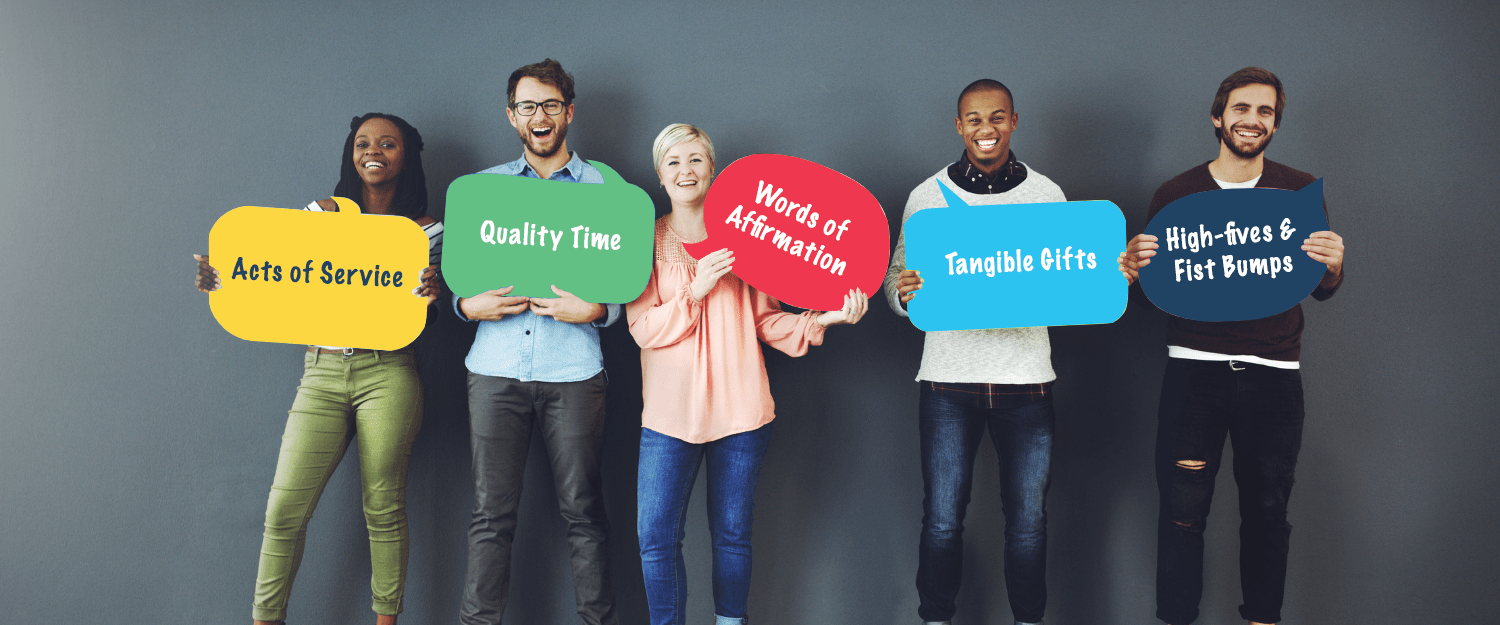Ever heard of the saying that “love is an action word?” If that’s true, then how do you “act” like you love someone? With it being Valentine’s Day, you may be thinking of candy, cards & flowers. Imagery of red roses or big pink, heart shaped boxes may be dancing in your mind. This might be the love that you would show a partner or someone that you care deeply about. Love goes beyond our feelings, it is an expression of gratitude for that person. How does it feel to have someone show up for you in this way? Do you feel appreciated and valued? Do you prefer for someone to say that they love you, to spend time with you, to do the dishes, buy you jewelry or give you a great big hug?
I’m confident that most of you are familiar with The Five Love Languages by Dr. Gary Chapman. If someone has asked me once they have asked me 1,000 times, have you read the book, have you taken the quiz, what is your love language? Full disclosure: I have never read the book, nor have I taken the quiz. I know it, throw stones at me, gasp! However, this leads me to my point of redemption. Did you know that there are actually Five Languages of Appreciation in the Workplace? I have taken the quiz and everything!
The Languages of Appreciation are: Acts of Service, Quality Time, Words of Affirmation, Tangible Gifts and Appropriate Physical Touch. My primary language is Words of Affirmation followed by Quality Time. I scored lowest in Tangible Gifts. In the workplace, I need to be affirmed by my employer and to know that I am doing a good job or, conversely, ways that I can be improving. Being relatively new to my position, I like for someone to spend time walking me through a project before turning me loose. If an employer or co-workers speak to me in a way that is not my language of appreciation, then I will have a hard time hearing it.
I love the way that the Horizon Point Team incorporates appreciation into the everyday work/life balance. Mary Ila does a phenomenal job of speaking words of appreciation and even sending a handwritten note. As a piece of our Illuminate Workshop, we encourage writing gratitude notes each week. Personally, I try to send 3 a week to show the people around me that they matter. Jillian makes time to create videos to show me how to complete projects. Lorrie and Taylor create “space” for me to walk me through work projects via Zoom calls or meeting in person. These are the ways that they show me they appreciate me, and how I feel that appreciation.
However, there is a difference between appreciation and recognition. Appreciation is about people and recognition is about results. Appreciation is gratitude for who my co-workers are. Gratitude is a mindset or perspective. All of these things tied together create Psychological Safety in the workplace, and it brings me to Horizon Point’s theme for 2023 which is an “Abundance of Space“. Psychological Safety gives people space and frees them to be who they need to be without fear of judgement. It gives others the permission to make mistakes and learn through the process.
On this Valentine’s Day, I began with saying that Love is an Action Word, and I believe that with my whole heart. If I love others, I appreciate them and give them space to be become who they need to be. In a successful team, appreciation is shown and there is a large degree of Psychological Safety within the organization. Does your workplace show appreciation in your designated language, and is there a safe space to learn and grow? If not, how can you incorporate that into your daily routine?
Here at Horizon Point, we offer training on The Five Languages of Appreciation in the Workplace and Building a Psychologically Safe Workplace. Click here to learn more:







